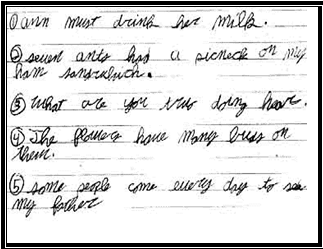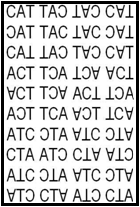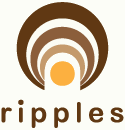Dyslexic Achiever
 "When I had dyslexia, they didn't diagnose it as that. It was frustrating and embarrassing. I could tell you a lot of horror stories about what you feel like on the inside. "
"When I had dyslexia, they didn't diagnose it as that. It was frustrating and embarrassing. I could tell you a lot of horror stories about what you feel like on the inside. "Nolan Ryan
(Pitcher in Major League Baseball)
What causes it?
The dyslexic person uses his right-hemisphere instead of his left-hemisphere to read and spell. The left-hemisphere is programmed to do the things you need for reading while right-hemisphere is not equipped to handle language.The left-hemisphere can:
- Match a letter with its sound.
- Handle information that comes into the brain, like the sounds in a word. Rather than seeing a word as a single picture it separates a word into its individual sounds.
- Understand grammar and syntax.
The right-hemisphere is programmed to deal in space and patterns. It doesn't understand parts of speech, or keep track of letter sequence in spellings. It "reads" a word as a line drawing that it has been taught has a meaning: a sketch, not a line up of sounds. So if it sees this:
 or apple
or appleIt knows that these "drawings" represent an edible thing which is eaten. But for right hemisphere it is just as apt to read it as fruit, food or apple. You can see that if the left hemisphere leaves the reading to the right hemisphere, the result can come out haphazard.
The corpus callosum is a bridge of nerve cells over which information from one side of the brain gets to the other. Everything you see or hear goes to both hemisphere of brain, but each side has it own specialty. The corpus callosum not only transfers information, it helps decide which is the appropriate side, and sends it there. So a confused corpus callosum may not deliver language tasks to the left-hemisphere where it belongs. On top of that, it transmits the information slowly, so part of the information arrives out of sync with the rest.
Moreover, the language areas of brain in the dyslectic brain tend to be smaller than they are in a standard brain. Now you take a confused corpus callosum, an over eager right-hemisphere, and an undersized left language area, then you have children coming up with following written work:


These children may read words in a bizarre way. As one word 'cat' may appear to them like this.





